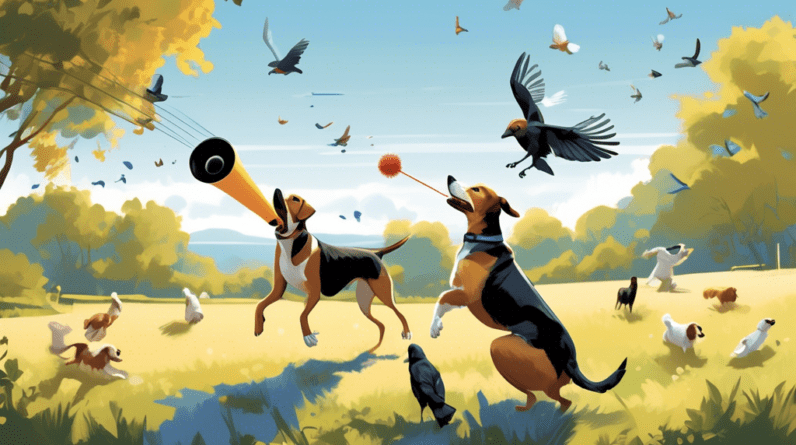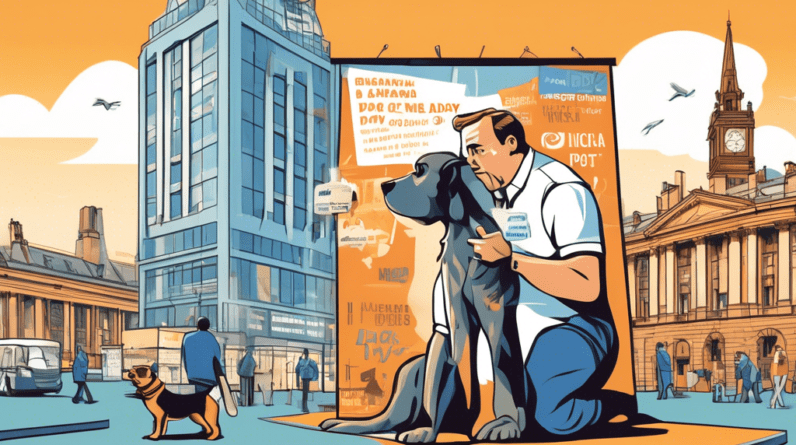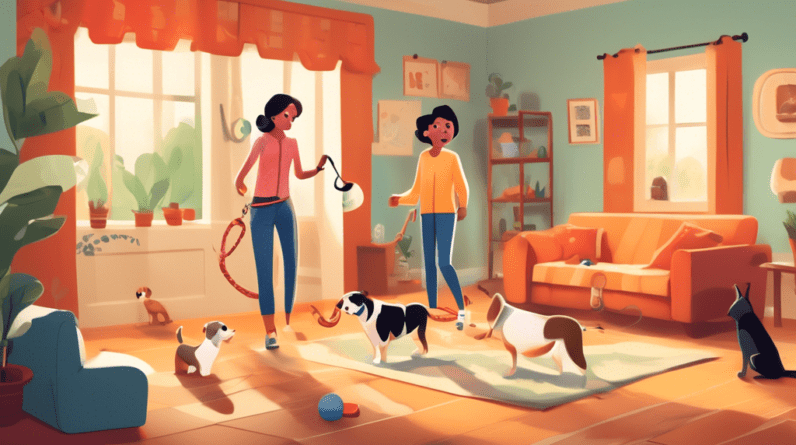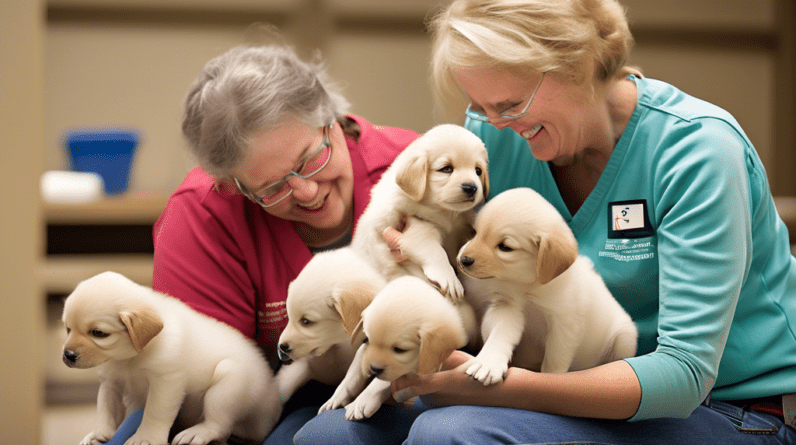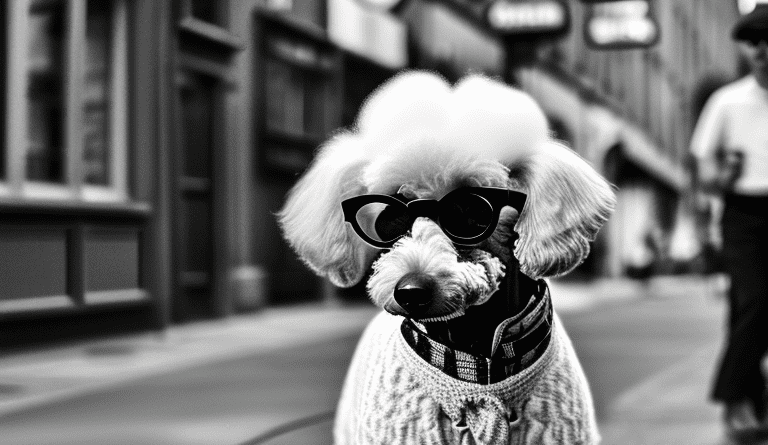
The Impact Of Urban Wildlife On Dogs’ Safety And Behavior
Urbanization has led to an increase in wildlife sightings within cities, which have a significant impact on the behavior and safety of pet dogs. In this article, we will explore the ways in which urban wildlife affects dogs, analyze the risks and benefits of such interactions, and provide pet owners with tips to keep their dogs safe.
Introduction
Due to the continuous encroachment of natural habitats, wild animals have been forced to adapt and seek shelter in urban areas. While these animals may provide a fascinating sight for pet dogs, their presence can pose significant risks to dogs’ safety and behavior.
Urban Wildlife Species
Several species of urban wildlife are commonly found in cities, including squirrels, raccoons, birds, skunks, and possums. Each of these species presents different risks and benefits to dogs.
Squirrels
Squirrels are a common sight in cities as they thrive in urban environments. They are known to excite dogs, and they may chase them, leading to accidents and injuries. Additionally, squirrels can carry fleas and ticks which can infect dogs with diseases.
Raccoons
Raccoons are known to be aggressive animals and can attack dogs if provoked. They may also carry diseases such as rabies and leptospirosis, which can be transmitted to dogs via bites or scratches.
Birds
Birds such as pigeons and ducks are not dangerous to dogs, but their droppings can be harmful if ingested by dogs. The droppings can contain bacteria and fungi that can cause severe health issues.
Skunks
Skunks are attracted to urban areas due to the abundance of food sources. They are typically docile creatures but can cause trouble if they feel threatened. Skunk spray can cause temporary blindness and respiratory distress in dogs.
Possums
Possums are known to play dead when they feel threatened. This defense mechanism can confuse dogs, and they may try to investigate further. Possums are not aggressive towards dogs but may carry fleas and ticks.
Risks And Benefits Of Interaction
The interaction between pet dogs and urban wildlife can have both positive and negative outcomes. It is essential to know the risks and benefits associated with such interactions to manage pet dogs’ safety effectively.
Risks
The risks associated with interactions between pet dogs and urban wildlife are primarily centered around the potential for injuries, illnesses, and behavioral changes. The risks can be minimized by keeping dogs on a leash, ensuring their vaccinations are up to date, and being aware of the wildlife that is prevalent in the area.
Benefits
The benefits of interactions between pet dogs and urban wildlife can include mental stimulation, physical exercise, and socialization opportunities. Moderate interactions with urban wildlife can offer a positive experience for dogs while keeping them safe.
Tips For Keeping Dogs Safe
Pet owners can take several proactive measures to keep their dogs safe when interacting with urban wildlife.
Leash Your Dogs
Keeping dogs on leashes can prevent them from running after urban wildlife and getting lost or injured. A leash can also protect dogs from unwanted interactions with dangerous wildlife.
Secure Your Property
Frequently cleaning up yards and securing trash bins can prevent wild animals from entering the property. This can reduce the number of wildlife sightings and minimize risks to dogs.
Identify Commonly Found Species
Knowing which types of wildlife are commonly found in the area can help pet owners anticipate potential risks and take necessary precautions.
Vaccinate Your Dogs
Keeping dogs up to date with their vaccinations can minimize the potential for disease transmission from wildlife.
Urban wildlife can pose significant risks to the safety and behavior of pet dogs. Pet owners must educate themselves about the wildlife commonly found in urban areas, anticipate potential risks, and take necessary precautions to keep their dogs safe. By implementing these strategies, pet owners can allow their dogs to experience the positive benefits of interaction with urban wildlife while minimizing the potential dangers.
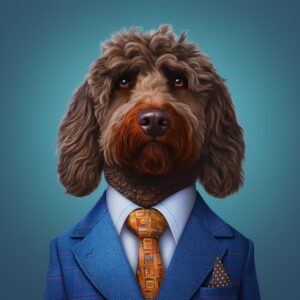
FAQ: The Impact Of Urban Wildlife On Dogs’ Safety And Behavior
Frequently Asked Questions
What are the common urban wildlife species that can pose a threat to dogs?
The common urban wildlife species that can pose a threat to dogs include coyotes, raccoons, skunks, and sometimes even large birds such as hawks or owls. These animals are typically attracted to urban areas due to the availability of food and shelter provided by human activities.
What can dog owners do to protect their dogs from urban wildlife?
To protect their dogs from urban wildlife, dog owners can take the following actions: keep their dogs on a leash when outdoors; avoid walking their dogs in areas where urban wildlife is known to be present; supervise their dogs when outside in the backyard; keep the backyard securely fenced; and keep all food and garbage containers tightly sealed to avoid attracting animals.


